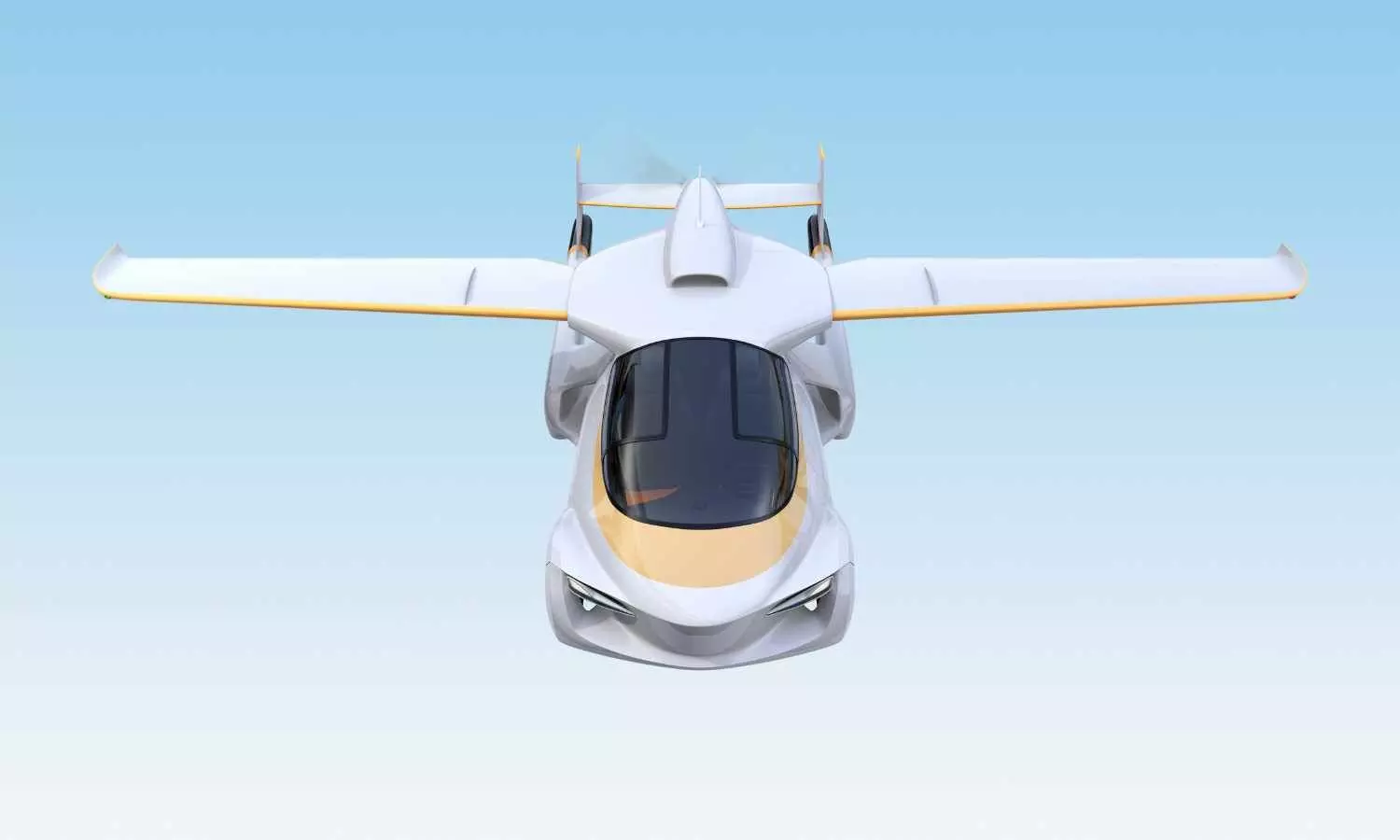Flying cars the future of transportation
Explore how flying cars are shaping the future of transportation. Discover the latest innovations, benefits, challenges, and what lies ahead in urban air mobility.
Flying cars the future of transportation

Flying cars, or personal aerial vehicles, represent a potentially transformative shift in future transportation, offering solutions to traffic congestion and potentially faster travel times. While still largely in the developmental and experimental stages, they hold promise for revolutionizing urban and regional transportation.
A flying car is a vehicle that functions both as an aircraft and a road vehicle. It blends the features of a normal car, like an engine, seats, and four wheels, with the capability to fly like an aircraft. These cars are generally designed to work in dense urban areas or for large-distance travel, providing the opportunity to switch between flying in the air and driving on roads. Flying cars are also called "roadable aircraft" and can have rotary and fixed-wing configurations. The flying cars market offers an innovative mobility solution for transportation.
The flying car industry is experiencing rapid growth and innovation, with a projected global market size reaching billions of dollars. Several companies are actively developing and testing prototypes, with some aiming for commercial launches in the coming years. While still in its early stages, the industry is driven by advancements in electric vertical takeoff and landing (eVTOL) technology, the need for urban mobility solutions, and increasing investment.
The global flying car market is experiencing significant growth, with projections reaching billions of dollars in the next decade. eVTOL technology is a key driver, enabling vertical takeoff and landing, which is crucial for urban environments. Flying cars are seen as a potential solution to traffic congestion and offer a new mode of transportation for urban areas.
Companies are actively working towards commercializing flying cars, with some anticipating launches in the near future.
The industry is attracting significant investment and funding, indicating strong confidence in its potential.
As the industry matures, regulations and infrastructure for flying cars will need to be developed.
Several companies are also working on flying cars in India, including Vinata Aeromobility and The ePlane Company. The ePlane Company, in particular, is focused on developing eVTOLs that can land on rooftops, aiming to convert rooftops into landing spots for air taxis.
The 2-person sitter segment led the global flying cars market in 2024. The dominance of the segment can be linked to the growing use of this segment as the two-person configuration is favored and prominent for its balance between practicality and performance. Moreover, this configuration fulfills the demand of most potential users, such as small families and commuters, which makes it sophisticated for both commercial and private applications.
The 3 and 4-person sitter segment is anticipated to grow at the fastest rate over the projected period. The growth of the segment can be driven by the growing adoption of this segment specific to families and small groups, improving their use for commercial uses like taxis and longer journeys. Furthermore, these models are important in demonstrating the viability of these cars for many applications.
The challenges faced by the flying car market included safety concerns, regulatory hurdles, infrastructure requirements, and high manufacturing costs. It was uncertain when these vehicles would become widely available for consumer use, and the timeline for mainstream adoption was uncertain.

